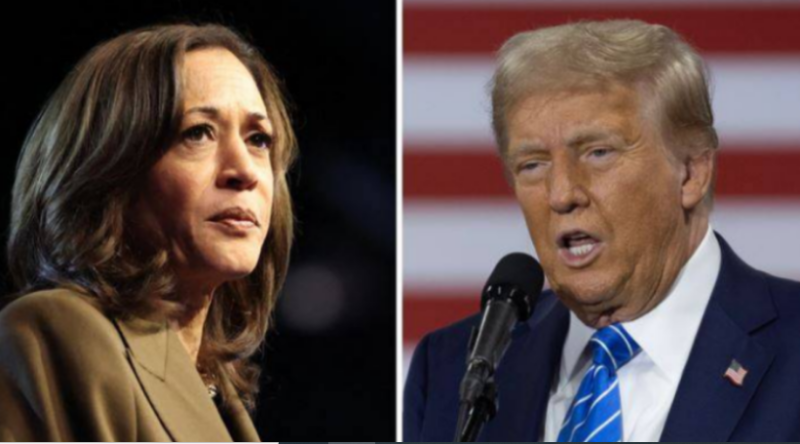New York (Web Desk/Agencies): In a highly competitive presidential race, a recent poll by The New York Times and Siena College shows US Vice President Kamala Harris and former President Donald Trump essentially tied, each receiving 48% of the popular vote.
This survey was conducted from October 20 to 23 among 2,516 likely voters nationwide and has a margin of error plus or minus 2.2 percentage points.
The results suggest that the race has tightened since early October when Harris held a three-point advantage over Trump.
Despite significant campaign efforts—including a high-profile debate, attempts on Trump’s life, extensive rallies across key states, and massive advertising budgets—the overall dynamics of the election appear to have remained stable.
Historically, Muslim-Americans have been a reliable Democratic voting bloc, particularly after the events of 9/11 and in light of Trump’s previous anti-Muslim statements.
However, frustration with the Biden administration, particularly regarding its support for Israel, has led some in the Muslim-American community to reassess their political choices.
As a result, a number of them are now leaning toward Trump, who has expressed strong support for Israel, stating that under his presidency, the US would be “stronger and closer to Israel than ever before.”
Additionally, some Muslim-Americans are gravitating toward Jill Stein, the Green Party candidate, who has been vocal in her criticism of US policies favoring Israel. This reflects a broader dissatisfaction within the community, which could impact traditional voting patterns.
Moreover, the Pakistani-American Public Affairs Committee (PAKPAC USA) has already thrown its support behind Trump, highlighting the shifting political sentiments among different ethnic groups in the lead-up to the election. As the November 5 election approaches, these dynamics could play a significant role in shaping the outcome.


